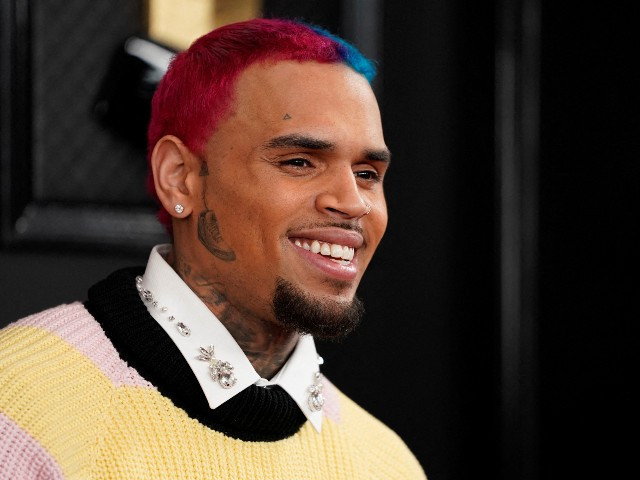Cheyenne Frontier Days is celebrating the Year of the Cowgirl and a book has just been published that tells the story of the women at Frontier Days

Cheyenne Frontier Days is currently underway and runs through July 28. This year, they are being called the Year of the Cowgirls to highlight the spirit and strength of western women throughout history.
A new novel entitled Sunny Storm by Jamie Lisa Forbes was inspired by women who competed in rodeos in the late 19th and early 20th centuries. Grady Kirkpatrick of Wyoming Public Radio spoke with the author about her inspiration for the book.
Editor’s note: This interview has been lightly edited for clarity.
Jamie-Lisa Forbes: You see, I spent about 40 years in Wyoming and was very familiar with rodeo. We went to either Jubilee Days or Frontier Days or both every summer. I had never heard of women riding wild horses or doing any of the things I later learned they did.
I think that was the first time I heard the story. I just couldn’t believe it. I thought it could never have happened where I live. In fact, I found out it had happened. When I found out the nature and extent of how many women across two generations were involved, I was so sad because, first of all, I had never seen them or never heard about them.
And secondly, I was sad that the story was so obscure, that in all the years that I lived in Wyoming there was no representation of it, no memorial, nothing about it. So I took the time to go and learn as much as I could about these women and their life stories. I wanted them to live again the way they must have lived back then.
Grady Kirkpatrick: One of the people, one of the women back then, Prairie Rose Henderson, was a major inspiration, wasn’t she?
JLF: She was, for a number of reasons. One of the reasons I found her inspirational was because she was one of the first people to show up at an arena and say, “I can ride broncos.”
She had started racing horses, I knew that. And I knew that from the Cheyenne Frontier Days programs because she was listed there under her first married name as a winner of a horse race or a relay race. I knew that was how she started, but eventually she showed up at either Frontier Days or some other rodeo and started riding wild horses.
She was one of the first to do that. And then of course her costumes. She had fantastic costumes and I would encourage your listeners to look at the pictures. There are fantastic costumes that she made herself or that she had relatives make. And then there was her courage and that she stuck with it for so many years.
She performed until middle age. All of that inspired me about her, even though she had a very tragic end.
GC: Describe the setting where the story begins with young Hannah Brandt, who eventually changes her name to Sunny Gale.
JLF: Hannah Brandt and her family have moved from Ohio to the Sandhills of Nebraska. Hannah’s father had died. Before his death, he and his wife had made plans to move to the Sandhills, where they had heard everything would be wonderful. Hannah’s mother builds a farm in the Sandhills and eventually marries her husband’s brother, who is not as hardworking as their father.
Nevertheless, they moved to Nebraska, where they encountered numerous difficulties that they could not overcome. They could not raise cattle. They suffered from drought, and I read that there was a drought in Nebraska during that time. Basically, they were failed pioneers.
When Hannah wants to start riding, she realizes that her parents are failing as settlers in Nebraska.
GC: She develops a love for her natural surroundings and horses, and soon wants to enter races and compete against the cowboys. It was 1897 when Hannah and her new husband Luke Mangum saw a poster advertising a cowboy and cowgirl contest, a rodeo, the first of its kind in Cheyenne.
There is a passage in the novel that describes their wagon ride from Nebraska to Wyoming and their arrival on the very first Cheyenne Frontier Day. I believe it was only one day then.
JLF: It was a day.
GC: I would be happy if you would read the passage about their first arrival in Cheyenne.
JLF: Mr. and Mrs. Luke Mangum drove to Cheyenne in a wagon with Helios and a second horse tied to the back. When Hannah saw the lights of Cheyenne flickering across the prairie, she grabbed Luke’s arm and squeezed it. They were alive and could share this moment together. Hannah was in love again. On Main Street, at least ten bars were open and crowded. Music poured out into the street, a cacophony of reels, cakewalks, polkas and waltzes.
Groups of cowboys jostled in the light of the street lamps. One attempted to ride his horse into a bar while others cheered him on. Even the women were loud. Many of them smoked cigarettes and held on to their husbands’ arms.
GC: Jamie Lisa Forbes reads from her novel Sunny Gale. Sunny defies the conventions of the time with her drive to participate in a predominantly male-dominated sport. She is one of the first women to compete in this bronco riding competition. What inspired her so much to participate?
JLF: In my fictional story, she is already racing horses when she goes to Frontier Days. She meets a Native American girl named Eleanor, who was also a horse racer at the time.
And Eleanor’s husband is involved in bronco riding. So they went to see the first-ever bronco riding at Cheyenne Frontier Days, which was a men’s event at the time. Eleanor just turns to her and says, “I can do that too.” And Sunny, who is still Hannah at this point, is baffled by that idea, but she’s inspired by Eleanor’s desire to push those boundaries and go even further and refine her riding skills even more. At Eleanor’s words that Eleanor will do it, Sunny decides that she will do it too.
GC: Yes, the story takes place in other parts of Wyoming, including Medicine Bow and around the historic Virginian Hotel. It’s certainly a timely book, coinciding with the year of cowgirls at Cheyenne Frontier Days and also a bronze statue of a cowgirl without stirrups.
JLF: Without the tied stirrups!
GC: Without the tied stirrups, yes. It’s a great story, and not just for rodeo fans. What do you hope 21st century readers will experience and take away from Sunny Gale?
JLF: I hope the book touches readers. I want readers to take away that this is a story that hasn’t been celebrated, but more than that, it’s a story about trying to achieve fame, ambition and immortality, and how you’re undermined by your own choices, and that’s exactly what happens to Sunny Gale.
And I think this is a human story. Moreover, I think the reader can see that I personally love the West. I love the openness and the greatness of the West. I want the reader to take away that feeling of greatness.
GC: Would you like to tell us about your first rodeo experience at Cheyenne Frontier Days? You have participated in several.
JLF: Yes, because my father’s family is from Cheyenne and we had a lot of friends in Cheyenne. We went to Frontier Days quite a lot from my childhood through adulthood. My son and I were at Frontier Days when the bull rider was killed in the late 1980s. That was the first message to me that deaths can happen at any time at a rodeo. So it wasn’t hard for me at the time to imagine the deaths that women had suffered and the one that I wrote about in the book.



